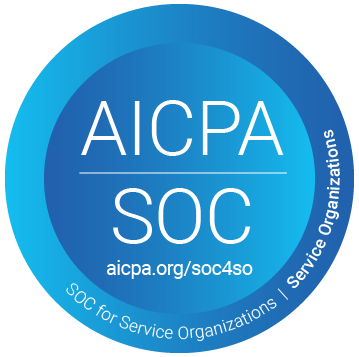What is a Professional Employer Organization?
A professional employer organization (PEO) focuses on Human Resources (HR) responsibilities. Payroll, benefits, legal, and taxes are a few things PEOs can help with.
A PEO also helps companies through different processes. For example, consider hiring and compensating international employees. PEOs help the hiring company and employees stay in compliance with employment laws. Also, PEOs help mitigate health insurance and costs.
PEOs operate in a co-employment relationship. The PEO and their client, the hiring company, share responsibilities over employees.
How Does a PEO Work?
On a basic level, PEOs put company employees on the PEO payroll and overlook HR tasks like:
- Payroll
PEOs calculate tax contributions, make direct deposits, deliver payments, and more.
- Benefits
PEOs coordinate medical, dental, vision, and location-specific benefits with health
insurance companies.
- HR/Legal
PEOs ensure that companies obey local, state, and national regulations. When regulations change, PEOs research the potential impact and make necessary adjustments.
- Extra Benefits
PEOs handle short and long-term disability, worker’s compensation, performance management, Family and Medical Leave Acts, termination pay, and other employee services.
What is the State of the Market for PEOs In Insurance?
Like every other industry, PEOs had to reevaluate new conditions quickly due to the global health crisis in 2020. New forms, formats, and physical spaces changed the game as the business world evolved. In 2022, the focus will shift to innovative solutions that rely on technology such as:
- Fintech Systems
Fintech allows PEOs to pay salaries, give quotes, and send paystubs worldwide.
- Remote Communications
Working from home also changed communication in the work environment. Thanks to online communication, companies are no longer limited to local employees.
- Task Managers
These software systems control every aspect of the business. From employee task completion, tracking time spent on tasks, clock-ins, and outs.
What Are the Top Challenges for PEOs in 2022?
As the world continues to adjust, PEOs face fundamental challenges. The biggest of them are:
Implementing a “New Normal”
PEOs help companies deal with significant adjustments, including remote work. At the beginning of 2020, a remote workforce was unfathomable. Today, continued remote work seems highly likely for many.
Continued Oversight and Administration of Benefits
Small and midsize business owners will continue to face frustrations with benefits administration. Thus, the need for a partner who can manage the universe of benefits will continue.
Leading Inclusion in the Workforce
Many companies want to know how to navigate diversity and inclusion. This effort requires education, training, reimagining recruitment strategies, and growing diverse leadership teams. PEOs can help guide teams through these challenging processes.
Helping Companies Stay Compliant
Like benefits administration, employer compliance is not going anywhere. Changing laws, state variances, and company size qualifications can be confusing. It’s imperative that you ensure all employee regulations are being met. Even with COVID-19 resources, the process can be overwhelming.
A Promising 2022 for PEOs
2022 comes with new challenges and opportunities. Thankfully, PEOs now have a unique resource: technology tailored to their specific practices. These tools use coding parameters, like scripts, to find the most suitable candidates.
The right technology can help PEOs get the most out of their time, money, and people. Technology can also keep all employees’ insurance up-to-date and compliant.
Continue learning how technology can help employees understand and use insurance policies by scheduling a demo with Terra!



